How to Stop Microsoft Teams from Starting Automatically
Microsoft TeamsLearn how to stop Microsoft Teams from starting automatically with these simple steps. Keep your computer running smoothly and avoid unnecessary distractions.

Microsoft Teams is a widely used collaboration platform that provides chat, meetings, and file sharing features. While it's convenient for many users, some may find it unnecessary to have Teams launch automatically every time they start their computer. Automatic startup can slow down your system and consume resources unnecessarily. Fortunately, there are straightforward methods to prevent Microsoft Teams from starting automatically on Windows 11 and Windows 10.
How to Prevent Microsoft Teams from Starting Automatically on Windows 11
Step 1: Open the Microsoft Teams app on your Windows 11 computer. You can do this by clicking the 'Search' icon on the taskbar and typing Microsoft Teams in the search bar. Be sure to select the personal version of Teams, which has a white background behind the 'T' icon.

Step 2: Alternatively, you can access Teams through the Chat feature. Click the 'Chat' icon on the taskbar to open the flyout window.

Step 3: In the Chat flyout, click on 'Open Microsoft Teams' at the bottom to launch the app.

Step 4: Once Microsoft Teams is open, click on the 'Settings and more' icon (three dots) located on the title bar. From the dropdown menu, select 'Settings'.

Step 5: In the 'Settings' window, under the 'General' tab, uncheck the box next to 'Auto-start Teams' to disable the automatic launch of the app when you start your computer.

After completing these steps, Microsoft Teams will no longer start automatically when your computer boots up. You can still open the app manually whenever you need it.
How to Hide Chat from Teams in Windows 11
If you prefer not to see the Chat icon on your taskbar, you can hide it without uninstalling Microsoft Teams.
Step 1: Right-click on the 'Chat' icon located on the taskbar.

Step 2: Select 'Hide from taskbar' from the context menu that appears. This will remove the Chat icon from your taskbar, decluttering your workspace.
You can always bring back the Chat icon if you change your mind.
Step 3: Right-click on an empty space on the taskbar and choose 'Taskbar settings' from the menu.

Step 4: In the Taskbar settings window, under 'Taskbar items', toggle the switch next to 'Chat' to turn it back on.

How to Uninstall Microsoft Teams on Windows 11
If you no longer wish to have Microsoft Teams on your Windows 11 system, you can uninstall it completely.
Step 1: Press Windows + i on your keyboard to open the Settings app.
Step 2: In the Settings window, click on 'Apps' from the left sidebar.
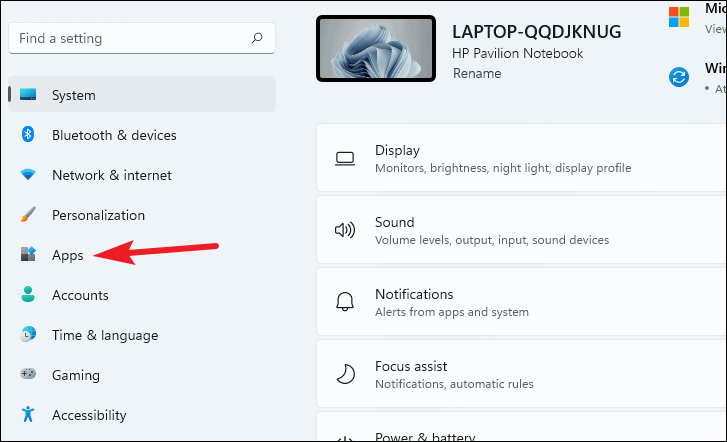
Step 3: Click on 'Apps & features' on the right-hand side.
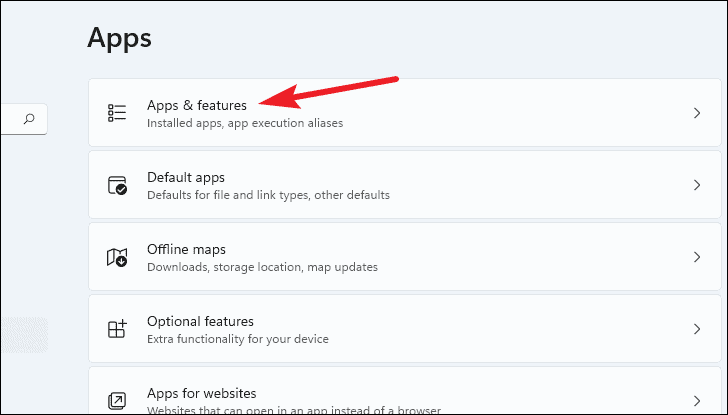
Step 4: Scroll through the list or use the search bar to find 'Microsoft Teams' with the white tile icon. Click on the three-dot menu next to it.
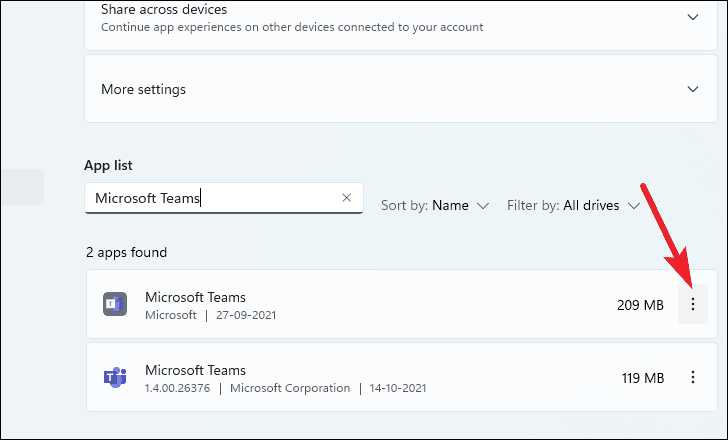
Step 5: Choose 'Uninstall' from the menu and confirm your action by clicking 'Uninstall' again in the prompt that appears.
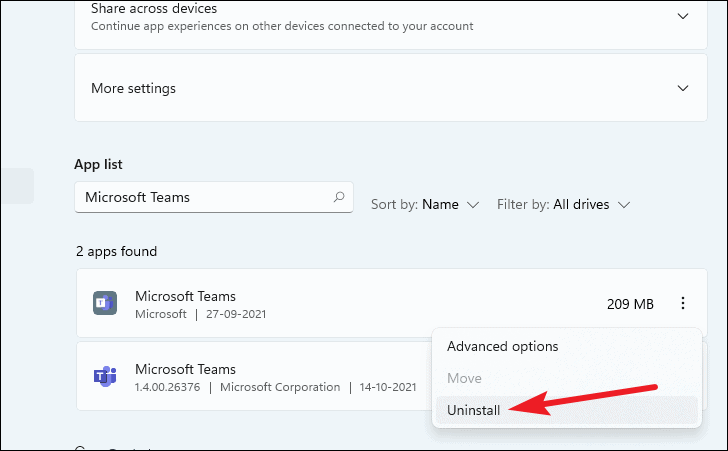
Microsoft Teams will be removed from your system, freeing up space and resources.
How to Prevent Microsoft Teams from Starting Automatically on Windows 10
For Windows 10 users, stopping Microsoft Teams from launching at startup can be achieved through the app settings or by managing startup programs.
Step 1: Open Microsoft Teams on your computer. Click on your 'Profile icon' in the upper right corner of the Teams window and select 'Settings' from the dropdown menu.

Step 2: In the 'Settings' window under the 'General' tab, uncheck the box labeled 'Auto-start application' to disable automatic startup of Teams.
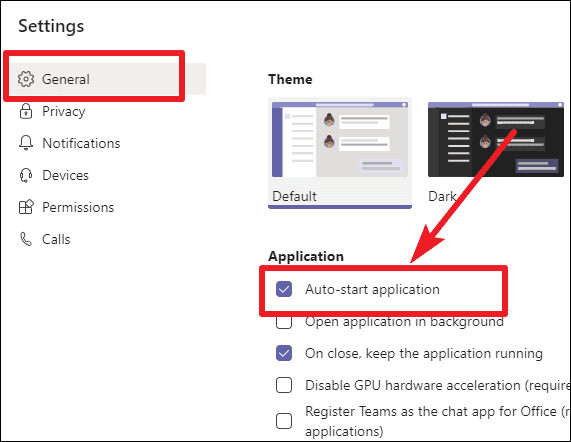
Removing Microsoft Teams from Startup Apps on Windows 10
If you prefer not to sign in or adjust settings within the app, you can disable Teams from starting automatically through Windows settings.
Step 1: Click on the 'Start' menu and then the 'Settings' icon (gear symbol) to open Windows Settings.
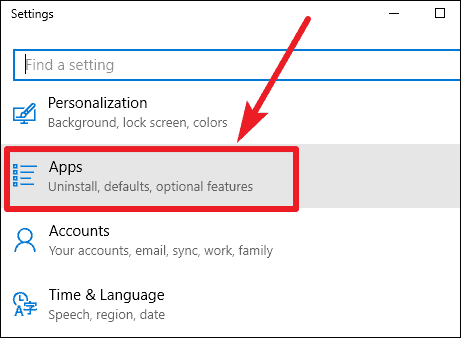
Step 2: In the Settings window, click on 'Apps'.
Step 3: From the left-hand menu, select 'Startup' to view a list of programs configured to start when your computer boots up.
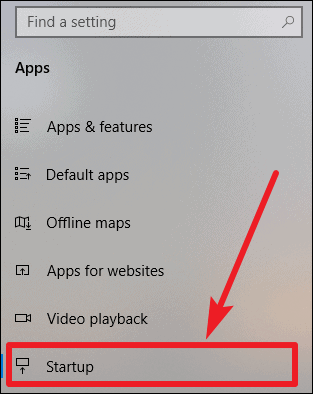
Step 4: Locate 'Microsoft Teams' in the list and toggle its switch to the 'Off' position to prevent it from starting automatically.
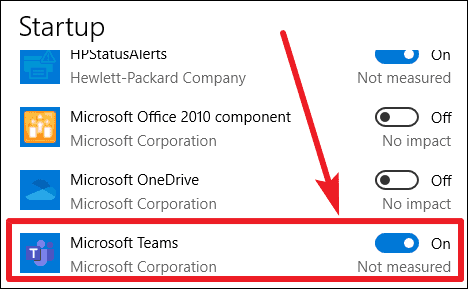
Step 5: Alternatively, you can use the Task Manager to disable startup programs. Right-click on the taskbar and select 'Task Manager' from the context menu.

Step 6: In the Task Manager window, navigate to the 'Startup' tab. Find 'Microsoft Teams' in the list, click on it, and then click the 'Disable' button at the bottom-right corner.
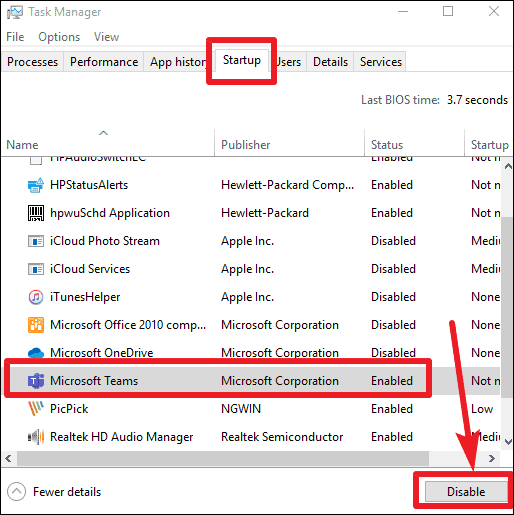
By adjusting these settings, you can prevent Microsoft Teams from starting automatically, giving you a faster startup experience and more control over your system resources. You can always launch Teams manually when you need it for collaboration and communication.

Comments